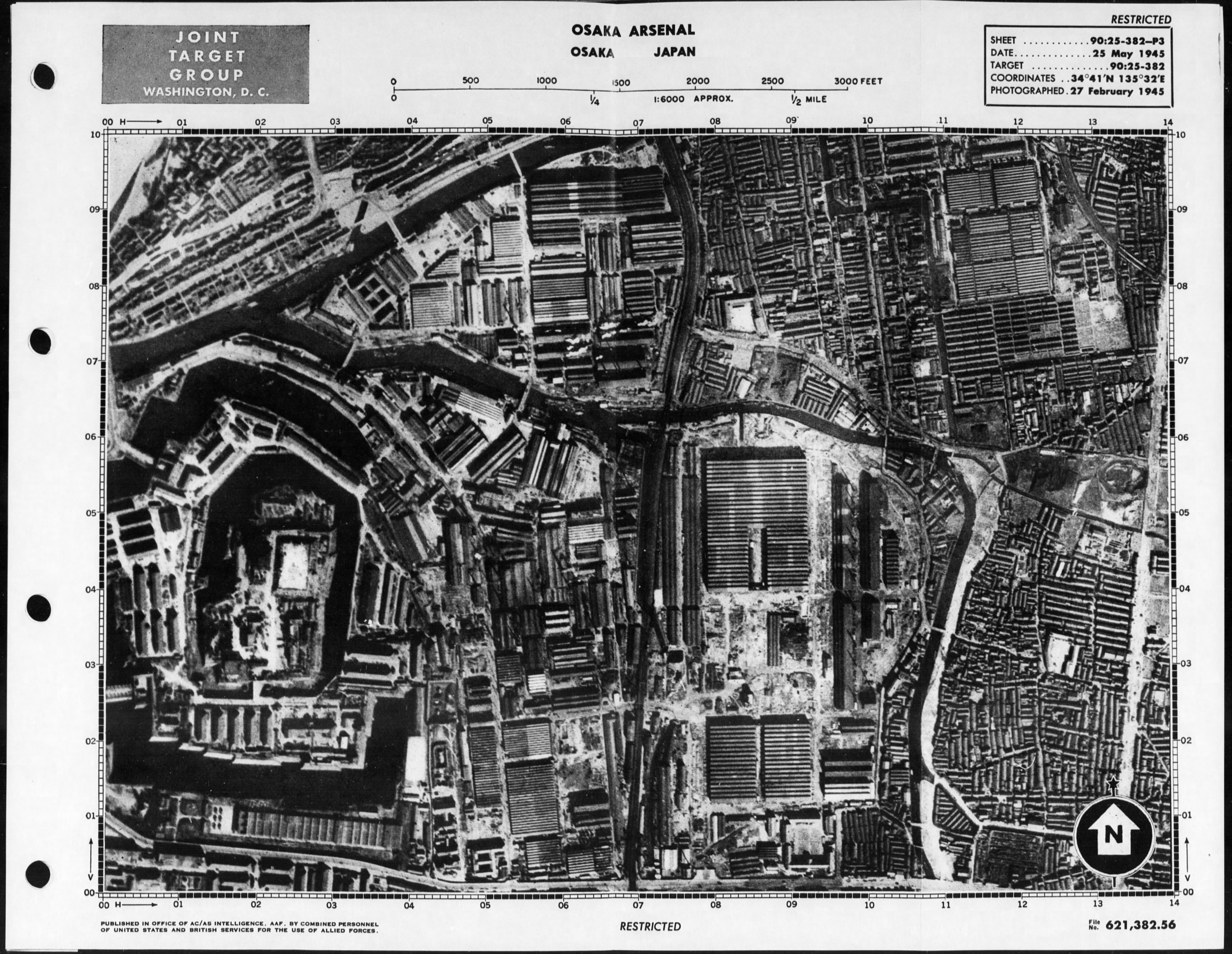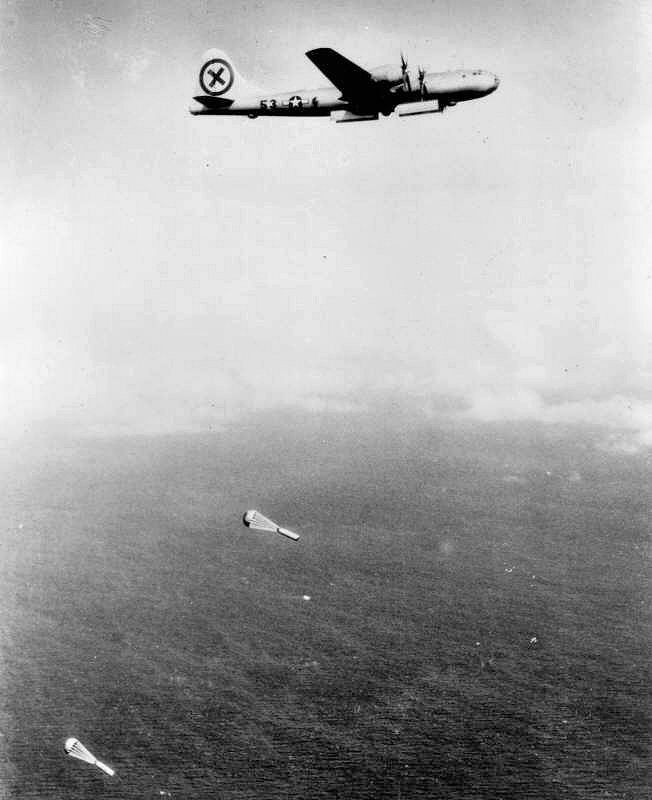syscom3
Pacific Historian
Has anyone seen this?

 osakakushu.wordpress.com
osakakushu.wordpress.com

Summer Heat in Early June
The First Raid in March Osaka was first struck by the Boeing B-29 Superfortress very heavy bombers on the night of 13-14 March 1945. Osaka was the third urban area attacked with incendiary weapons …

